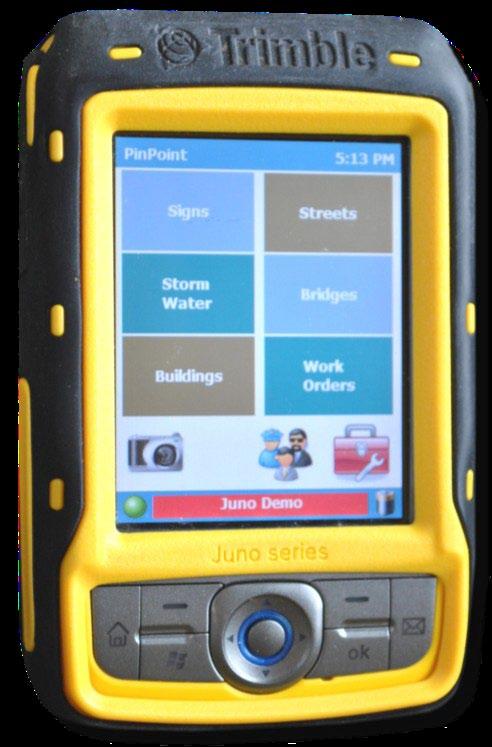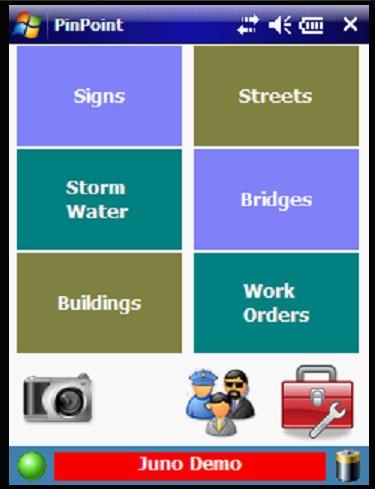
5 minute read
In times of crisis, is social media the answer?
Jimmy Tokeshi
Public Information Officer Department of Public Works City of Los Angeles, California
Advertisement
hen a crisis affects public health and safety, some agencies employ social media to communicate with local communities and experience great results.
From another perspective, some departments report no discernable impact from using social media platforms such as FaceBook, Twitter, YouTube, Flickr and others in crisis communications.
So, how do public agencies determine whether social media is a viable tool to convey messages to those who need it most during a crisis? The answer lies in understanding the agency’s capacity to effectively use social media platforms in general and in the specific use of crisis communications. Social media must enhance the overall mix of crisis communications activities or they should not be used at all.
Mass media (television, radio, newspapers, magazines, etc.) and direct communications channels (Listservs, e-blasts, robocalls, emergency sirens, etc.) as well as other information channels (canvassing, word-of-mouth, texting, blogs, Internet, etc.) have been the primary methods of outreach during a crisis, so the use of social media raises important considerations.
• What are the top sources of information for breaking news among stakeholders?
• Where do social media platforms place among all media and communications channels during a crisis? • What is the existing capacity of the agency in managing social media platforms in terms of expertise, resources and technology?
• What is the level of online exposure and interactions as well as website traffic and search engine capabilities?
• What is the agency’s capacity to reach stakeholders and drive traffic to agency posts?
• What is the level of confidence among agency leaders as well as city attorneys to use social media to dialogue and interact with stakeholders in light of First
Amendment protections for public comments?
• Will agency leaders agree to have their decisions challenged or receive unreasonably critical comments or allow false information to be posted on the agency site?
• Will agency leaders dialogue during a crisis no matter how good, bad or ugly the stakeholder interactions?
• What is the level of commitment and coordination among crisis team members to use social media to interact with stakeholders during a crisis?
• What internal and external audiences need to be reached and which communications channels would be most effective and efficient in reaching the stakeholders? For context, not all crises reach the same level of attention and scrutiny. While they can share similar characteristics such as natural disasters, there are other types of crises that involve the loss of life and injuries due to accidents, negligence and crime. There are financial losses and budget crises, protests and riots, workplace violence and terrorism, among others.
Crises also can escalate with increasing intensity over time or be a one-time event. In addition, not all crisis situations are viewed with the same concern by agency leaders, and not all crises are seen as potentially harmful to the public or to the image of the agency.
With the unpredictability and different types of crises, agencies should prioritize the mix of communications channels that best reaches stakeholders, and adjust and adapt to the circumstances of the crisis as needed. Factors to consider include severity, duration and impact of the crisis. More critical is an understanding of where stakeholders turn for breaking news.
Earlier this year, the Pew Research Center Project for Excellence in Journalism/Pew Internet and American Life Project released a report entitled, “How People Learn About Their Local Community.” Citizens’ media habits are surprisingly varied as newspapers, TV, the Internet, newsletters, and oldfashioned word-of-mouth compete for attention. Different platforms serve different audience topics and needs.
The report found, “Americans turn to a wide range of platforms to get local news and information, and where they turn varies considerably depending on the subject matter and their age. Most Americans, including more tech-savvy adults under age 40, use a blend of both new and traditional sources to get their information.”
The report highlighted the communications platforms of newspapers, television, Internet and radio with the top source for breaking news as TV and television websites. Television was also identified as the most popular source for local news with radio as the top source for traffic news.
The popularity of social media centers on the power of customer communications to allow companies to market and drive social interactions about their brand, products and services. Companies that use social media dedicate resources to send messages as well as to respond to positive and negative feedback.
Their goal is to create a real impact in the marketplace for their visibility and to differentiate customer experiences to deliver sales. For perspective, the Pew report identified the Internet as the top source for information about local businesses.

However, if government agency resources are not available, social media should not be used. Agency missteps involving the release of unconfirmed information will only add confusion to the crisis, be a source of criticism or even liability, and may further complicate or deepen the crisis. The agency’s crisis communications team must manage the source and flow of information including social media.

As an additional channel of communications, social media can be used to serve online followers and friends of the agency as well as mobile users that rely on the Internet as a primary source of local information. Social media may also be used to assist the agency in assessing the severity of widespread crises like a flood, tornado or tsunami by monitoring outbound and inbound messages as well as to identify misinformation or the need to clarify information.
Social media has its strengths and weaknesses, and presents opportunities and threats, so the answer to using social media in crisis communications will be unique to each crisis and to each agency.
Whether social media platforms will help or hurt will depend on the crisis variables and, more importantly, on the agency’s communications capacity highlighted by the agency’s awareness of social media’s effectiveness, risks and use in a crisis.
Jimmy Tokeshi can be reached at (213) 978-1699 or jimmy.tokeshi@lacity.org.
Director of Public Works
Collier Township, PA
Duties include but not limited to streets, parks, fleet, building maintenance and construction. The Director supervises 10 employees. Minimum experience level is five years in the public works or construction field with three years supervisory. Computer capabilities required. Graduation from college with an associate’s degree or equivalent combination of education and experience. Job announcement and application available at www.colliertownship.net.
Disaster Management...Easy and Accurate Disaster Management...Easy and Accurate
See our article in the “Products in the News” Section of this publication
Public Emergency Management
Team Login
START: Assessment Track
Individual Assistance
Public Assistance
Critical Notifications Volunteer Assistance Daily Task Management
Debris Facilities
Utilities
Signs Roads
Other
One Tool... One Tool... ...Many Applications! ...Many Applications!
PinPointGeoTech.com PinPointGeoTech.com
info@pinpointgeotech.com 864-643-0344










